The release of the IMF’s World Economic Outlook provides an initial country-by-country assessment of what might happen to the world economy in 2020 and 2021.
Using the methods described in the World Poverty Clock, we ask what will happen to the number of poor people in the world—those living in households with less than $1.90 per person per day in actual or imputed spending—given this new economic forecast.
We take the difference between the IMF’s April 2020 forecasts for GDP growth and their forecast from October 2019 as “the COVID effect,” a slight simplification because other things have also changed in the world that may have caused the IMF to alter its forecasts. However, the largest change is clearly caused by COVID-19 and the policy response around the world.
The summary result is that some 690 million people are likely to be in poor households in 2020, compared to our previous estimates of 640 million people. (A careful reader might note that the World Poverty Clock had been estimating about 600 million in poverty in 2020, but newly updated population estimates, new household expenditure data, and new household survey data have also been incorporated into the model. We don’t count those changes as part of the COVID effect, however.)
Our post-COVID-19 estimate is that extreme poverty in the world will rise this year by about 50 million people compared to the original 2020 forecast, and by 40 million people compared to our 2019 estimate. This is right in the middle of the range estimated by a team of World Bank economists—40 million to 60 million more poor people. This is not surprising as we are using very similar methodologies and data. The number is, however, far smaller than the estimates put forward in one scenario by Sumner and co-authors, who suggested that poverty could rise by 420 million to 580 million people, a figure that has been picked up by the media and advocacy organizations as “half a billion.”
All these estimates have a high degree of uncertainty and yet COVID-19 has attacked relatively advanced economies where the absolute numbers of extreme poor are small. If we were looking at the impact of COVID-19 on poverty as defined by national poverty lines, the number would be far higher. We also have little real-time information on how lockdowns will affect income distribution, or about how effective government efforts to strengthen safety net programs are likely to be. COVID-19 may be less disruptive to subsistence farmers, who are heavily represented among the extreme poor than to urban workers who may be vulnerable to income losses but whose initial living conditions were better.
Bearing this in mind, if we accept the IMF scenario for 2020, it suggests that all the progress in reducing poverty since the launch of the Sustainable Development Goals (SDGs) in September 2015 has been lost. We will enter the U.N. Decade of Action with the same distance to travel on poverty reduction, but only ten years in which to do it.
To put this into context, 2020 will be the first time this century that the number of poor people will rise, a fact which can be seen in real time as the World Poverty Clock ticks “backward.” This comes after a spell of poverty reduction averaging almost 100 million people per year between 2008 and 2013. And even though the escape rate out of poverty had fallen recently, with poverty becoming more concentrated in fragile states where progress has been harder to achieve, there was still movement in the right direction.
COVID-19 has seriously affected these trends in ways that are still not clear-cut. The figures below try to identify the most seriously affected countries. Figure 1 shows 12 countries that are likely to see an increase in poverty of over 1 million people in 2020 as a result of COVID-19. They are in Asia and Africa, with Brazil as the sole exception. India and Nigeria stand out as likely to add 10 million and 8 million to the poverty rolls in 2020. In all these countries, COVID-19 has demonstrated the vulnerability of people who have only recently been able to escape poverty.
An alternative way of looking at the impact of COVID-19 is to ask which countries are likely to have the largest increase in poverty rates after COVID-19. Countries with an increase in extreme poverty rates (defined as people living in poverty divided by the total population) greater than 3 percentage points are shown in Figure 2. There are several small island states in this group, including Timor Leste, Sao Tome and Principe, and the Solomon Islands. In fact, there are now 60 countries that are off-track to meet the SDG target of eradicating poverty, even using the less-demanding World Bank threshold of counting countries as off-track if they do not bring extreme poverty down to below 3 percent of their population.
So what can be done? While advanced economies are trying to balance the impact on public health and the impact on the economy by adjusting policy responses like the degree of social distancing, developing countries are faced with much harder policy choices. Most are commodity dependent (in two-thirds of developing countries, commodities account for over 60 percent of exports), and have seen prices fall by 21 percent so far this year. Many rely on remittances, projected to decline by double digits, and/or tourism, which has almost collapsed. They face substantial non-resident portfolio outflows, estimated at almost $100 billion in March and April alone. Over 90 countries have already applied to access the IMF’s emergency credit facilities, and the G-20 have agreed to a moratorium on debt service payments owed by the poorest countries.
The health responses, in terms of lockdowns and social distancing, are also less compelling in most developing countries, sometimes as a matter of choice and sometimes as a matter of practicality. Although the number of cases in developing countries is still small, double digit (or close to) increases in active cases are now being recorded in India, Brazil, Mexico, Ecuador, and South Africa. Social distancing is hard to apply or enforce in the slums of many developing country cities, and the safety net is not sufficiently well developed to allow people to stay at home without working and still feed their families.
With limited fiscal space, developing countries are planning on some fiscal stimulus to expand national health services and protect households, and on fiscal or credit help to keep small businesses afloat and help pay workers’ salaries, but they are heavily constrained. Many have high debt and are being downgraded (Fitch has downgraded 33 countries since the crisis), and if they fund spending by issuing national currency, they will suffer currency depreciations and inflation. The multilateral development banks are helping to a degree, but front-loading and accelerated disbursements cannot match the scale of what is needed. Developing country economies will contract, but not as much as in advanced economies partly because they cannot enforce total lockdowns to the same degree.
For now, the worst fears of the pandemic raging through developing countries have not been realized. If the IMF growth forecasts are roughly correct, both in the size of the global downturn and the distribution across countries, then the impact will be to raise global poverty to a level last seen in 2015. The challenge then will be to accelerate inclusive growth in the recovery phase.
The Brookings Institution is committed to quality, independence, and impact.
We are supported by a diverse array of funders. In line with our values and policies, each Brookings publication represents the sole views of its author(s).



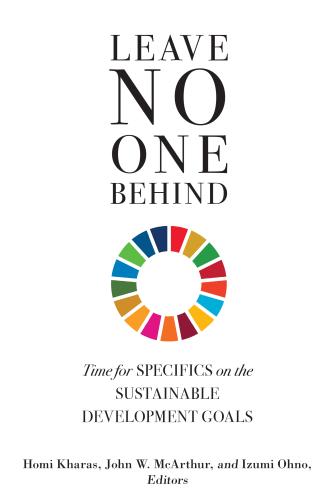
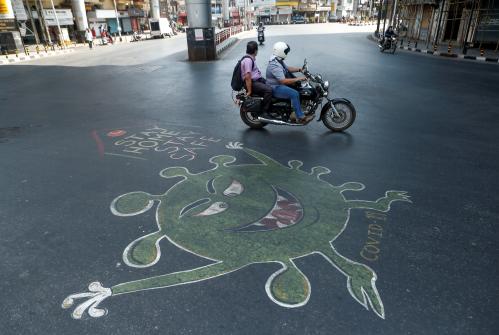
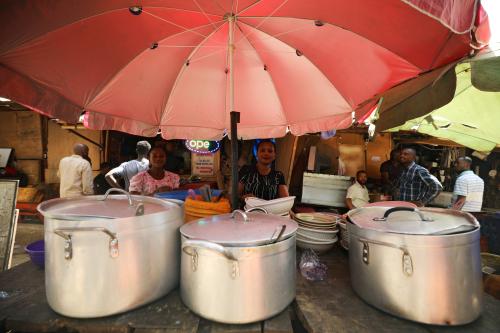
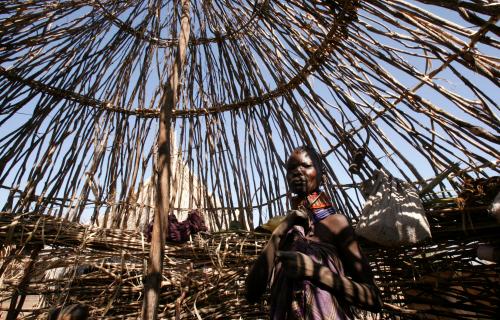




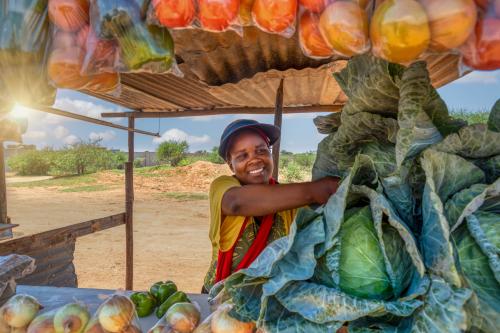
Commentary
Turning back the Poverty Clock: How will COVID-19 impact the world’s poorest people?
May 6, 2020